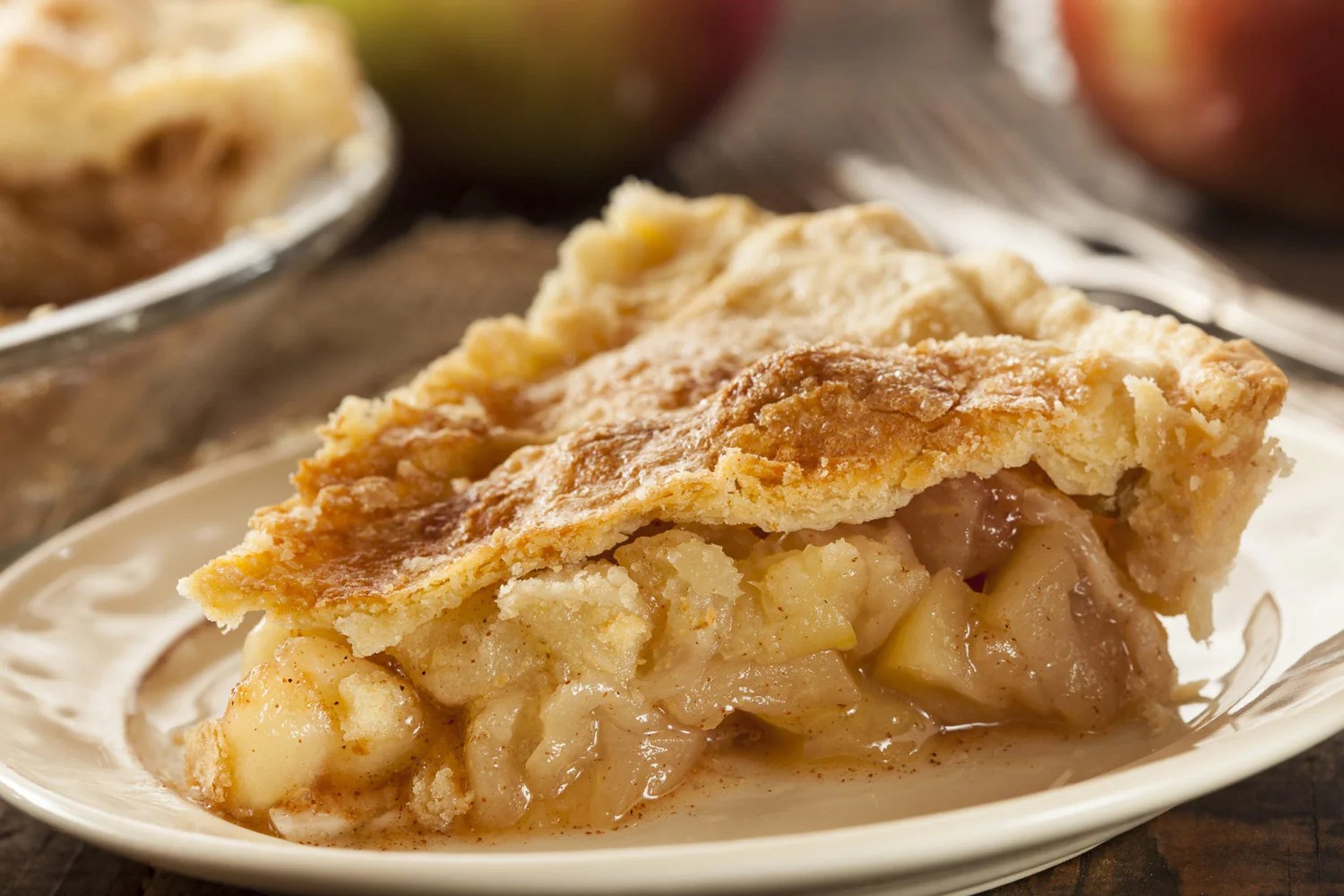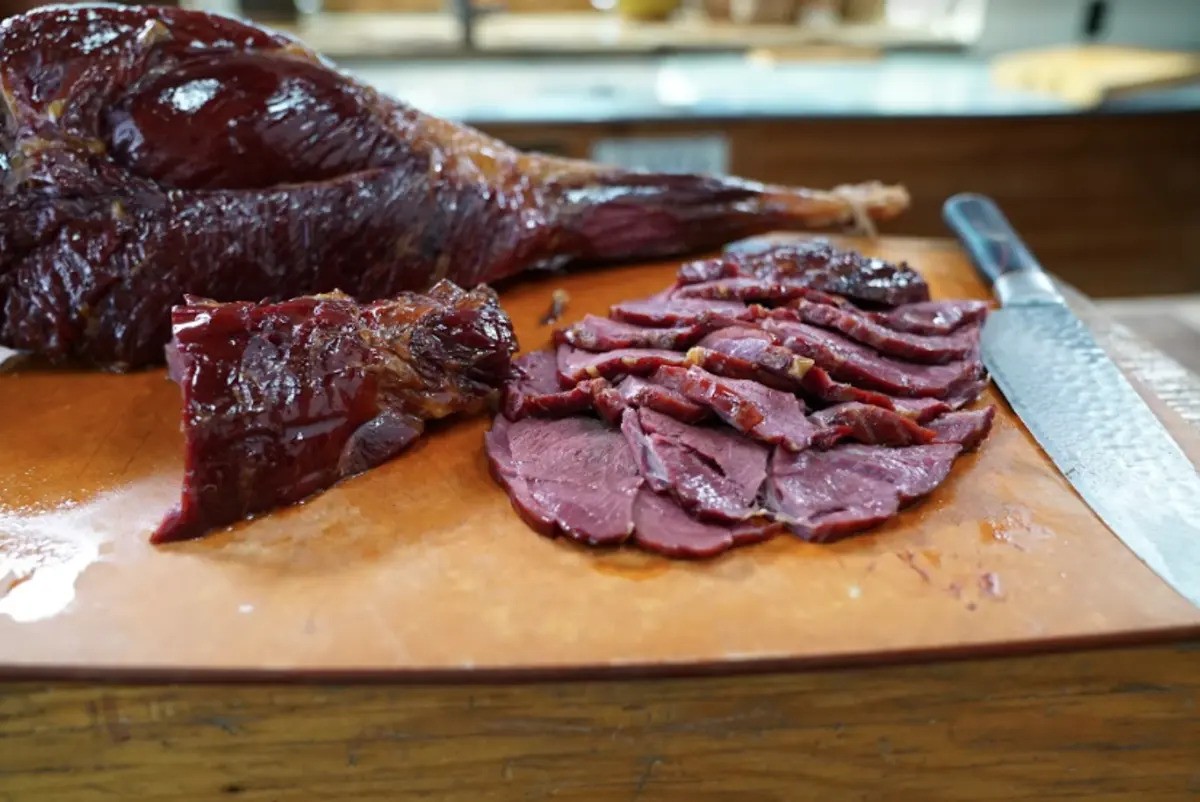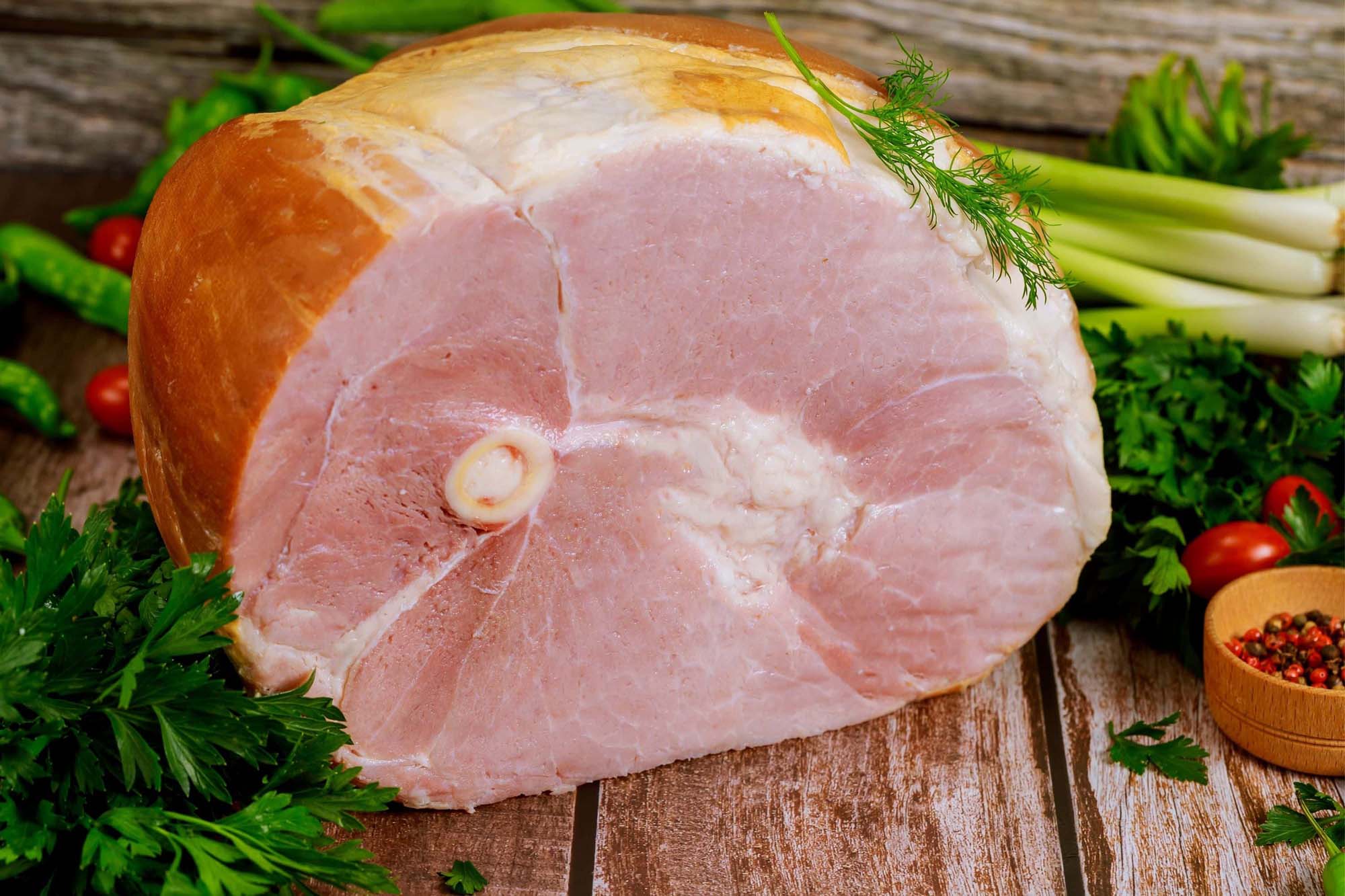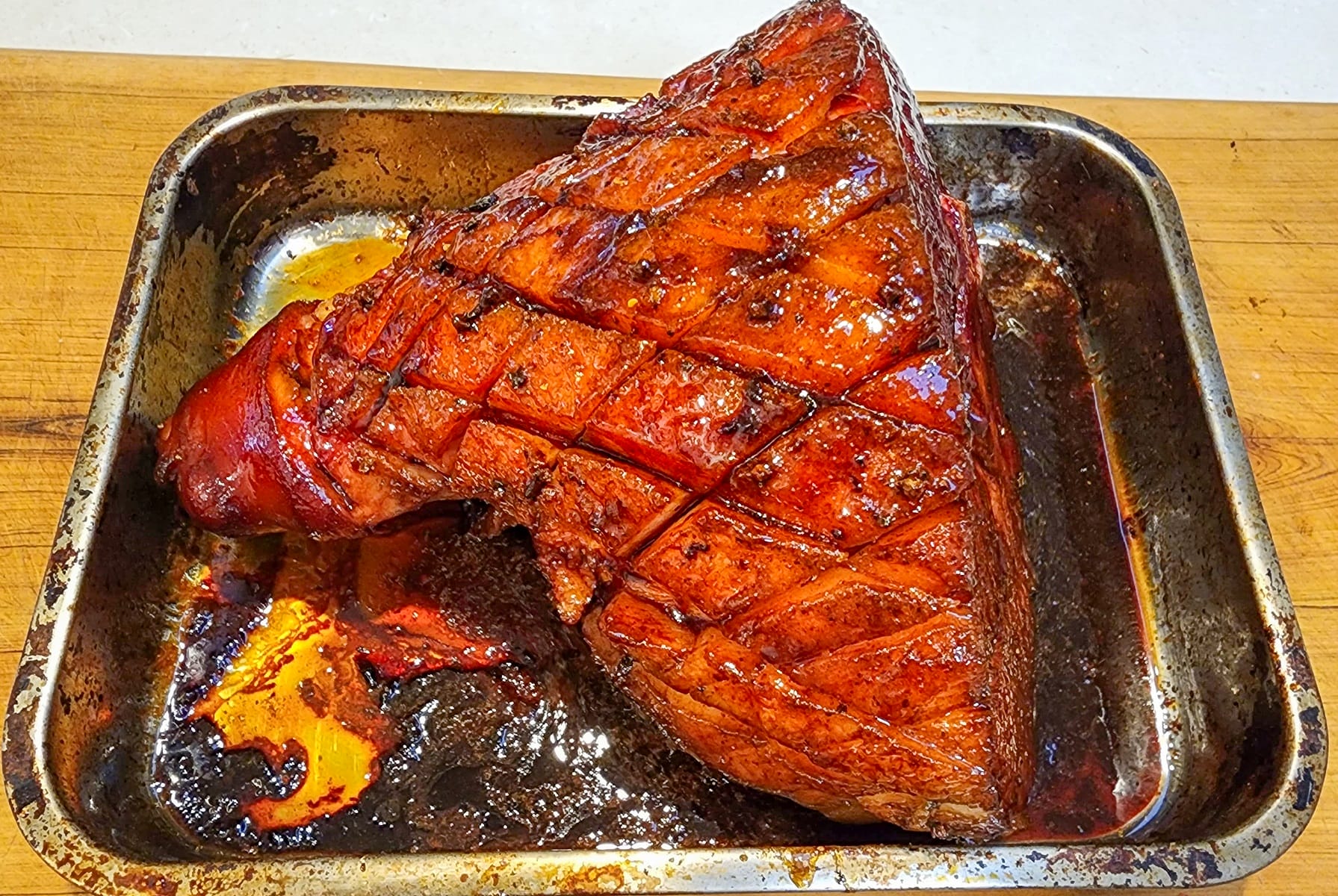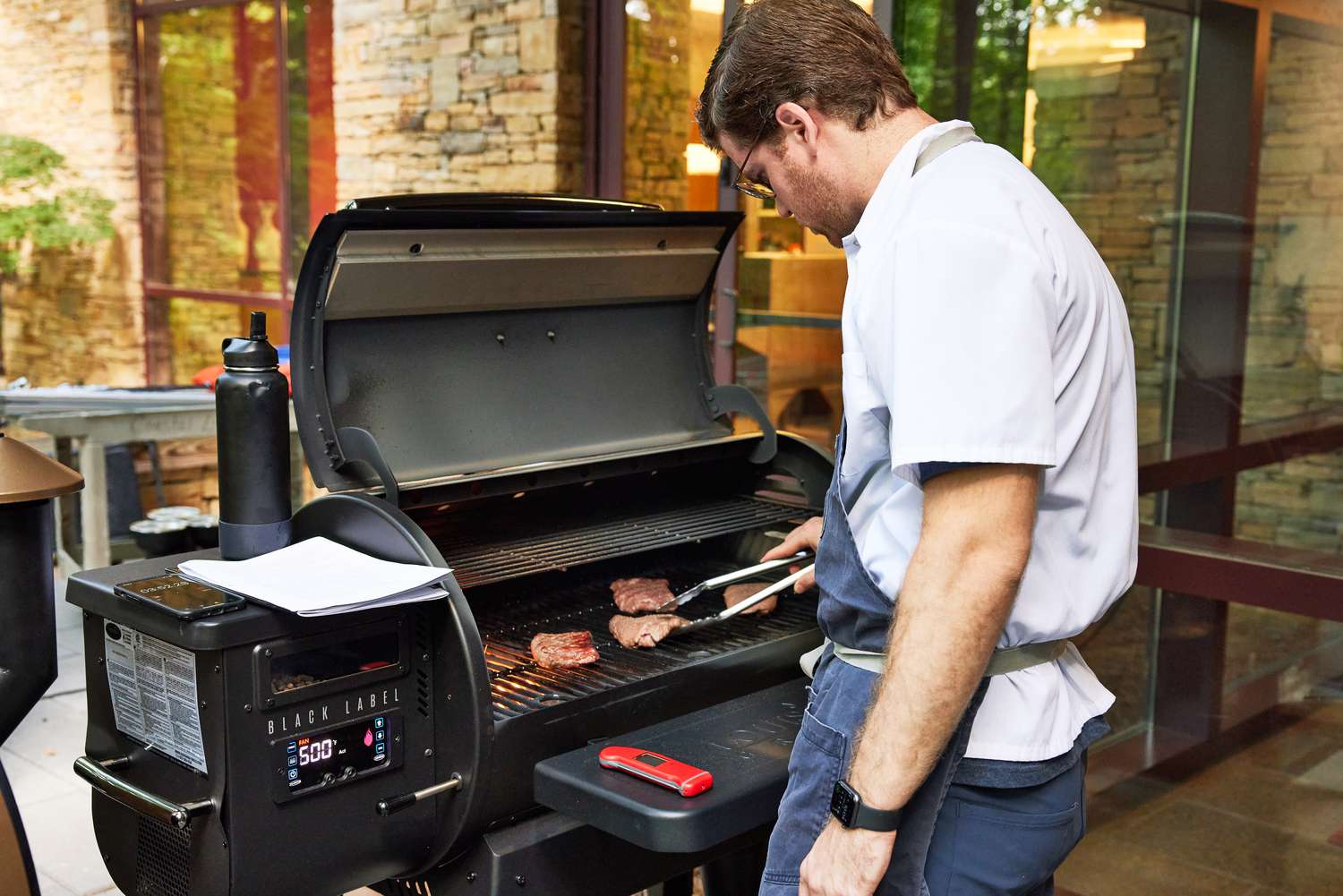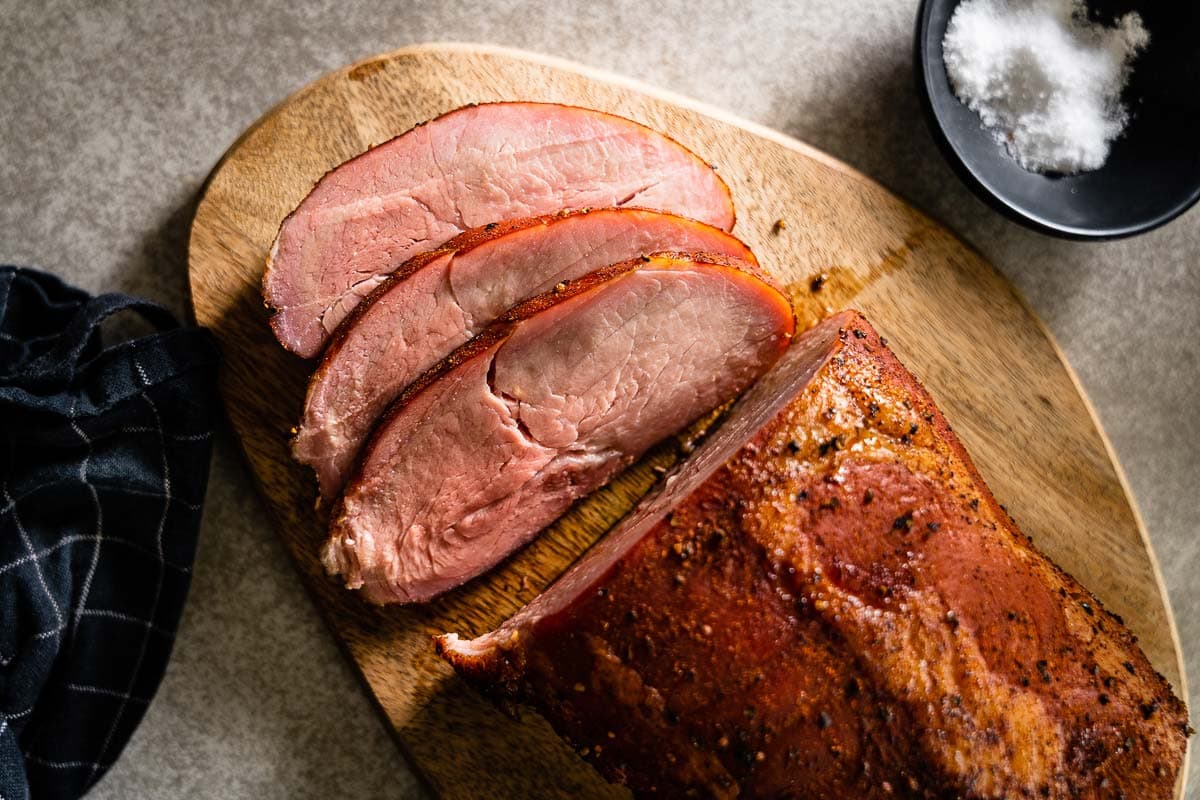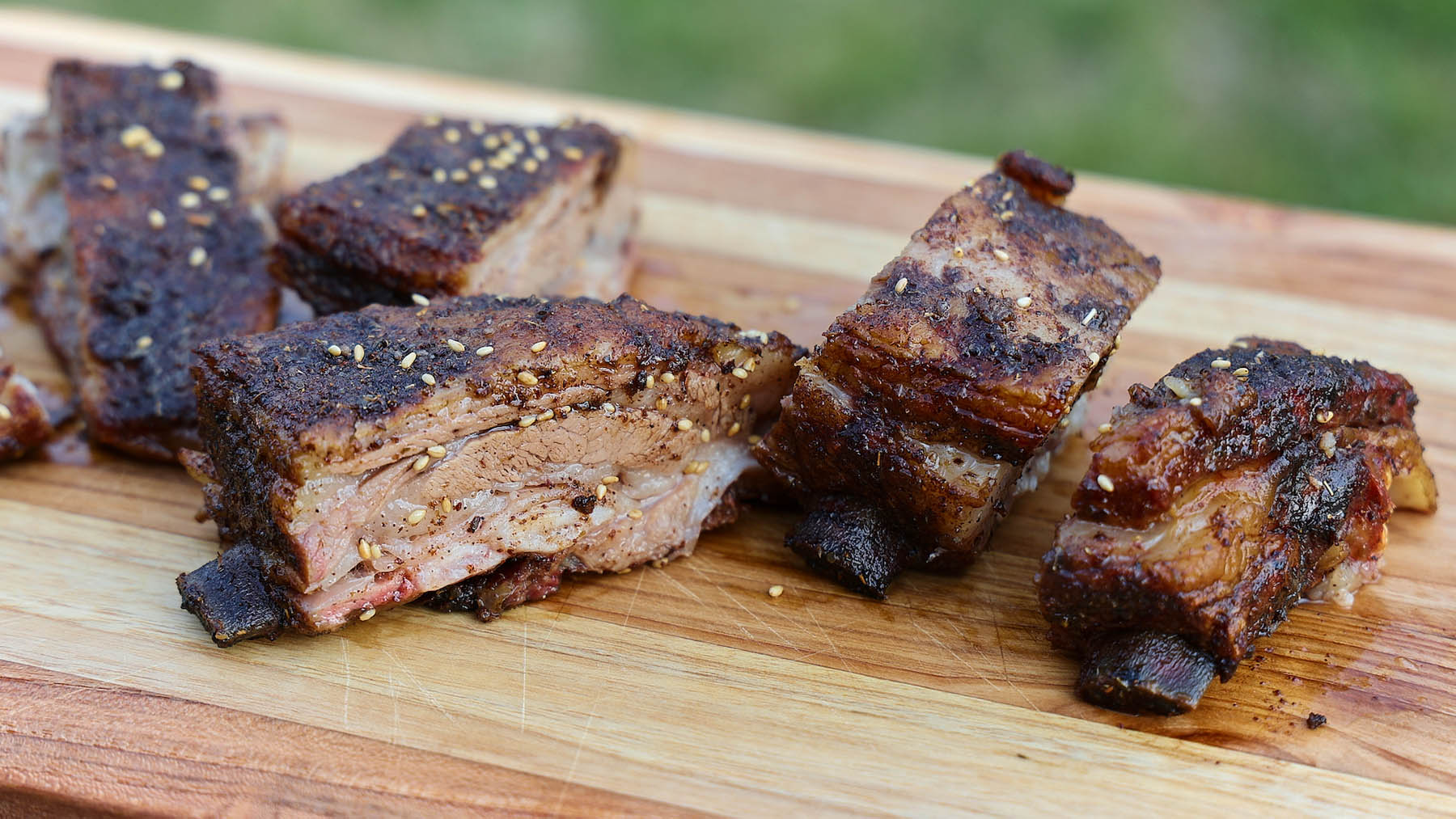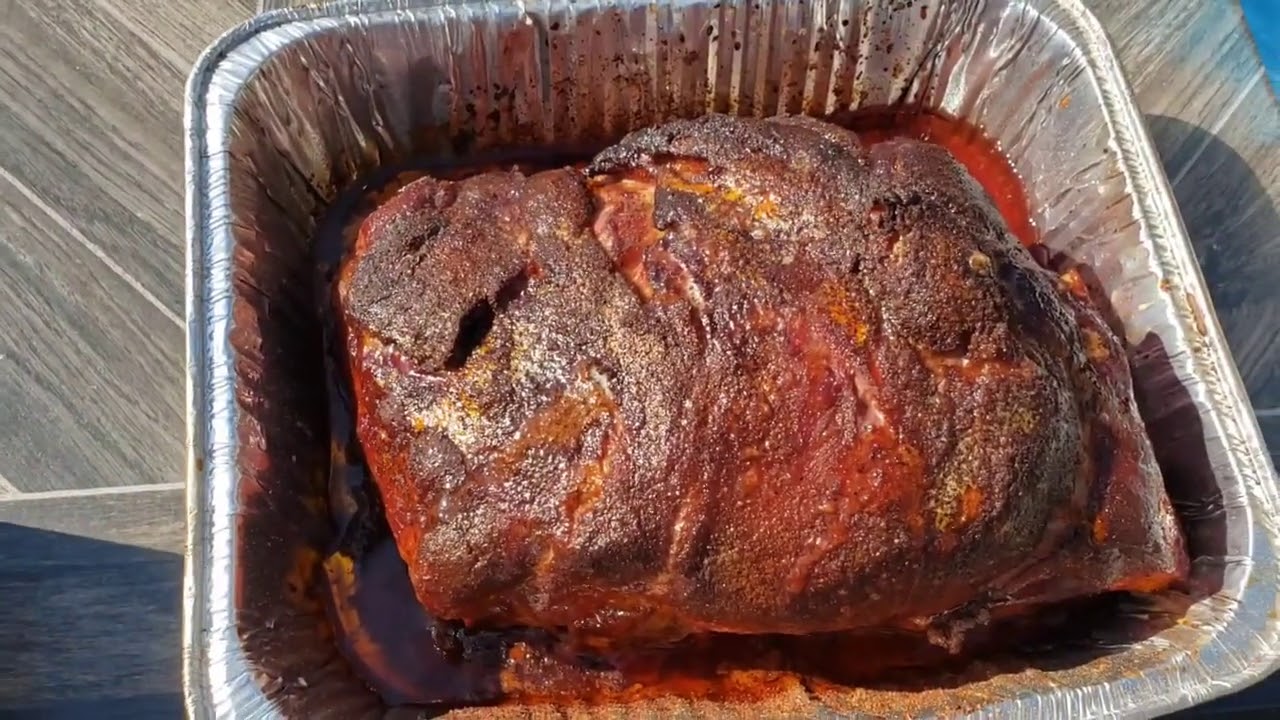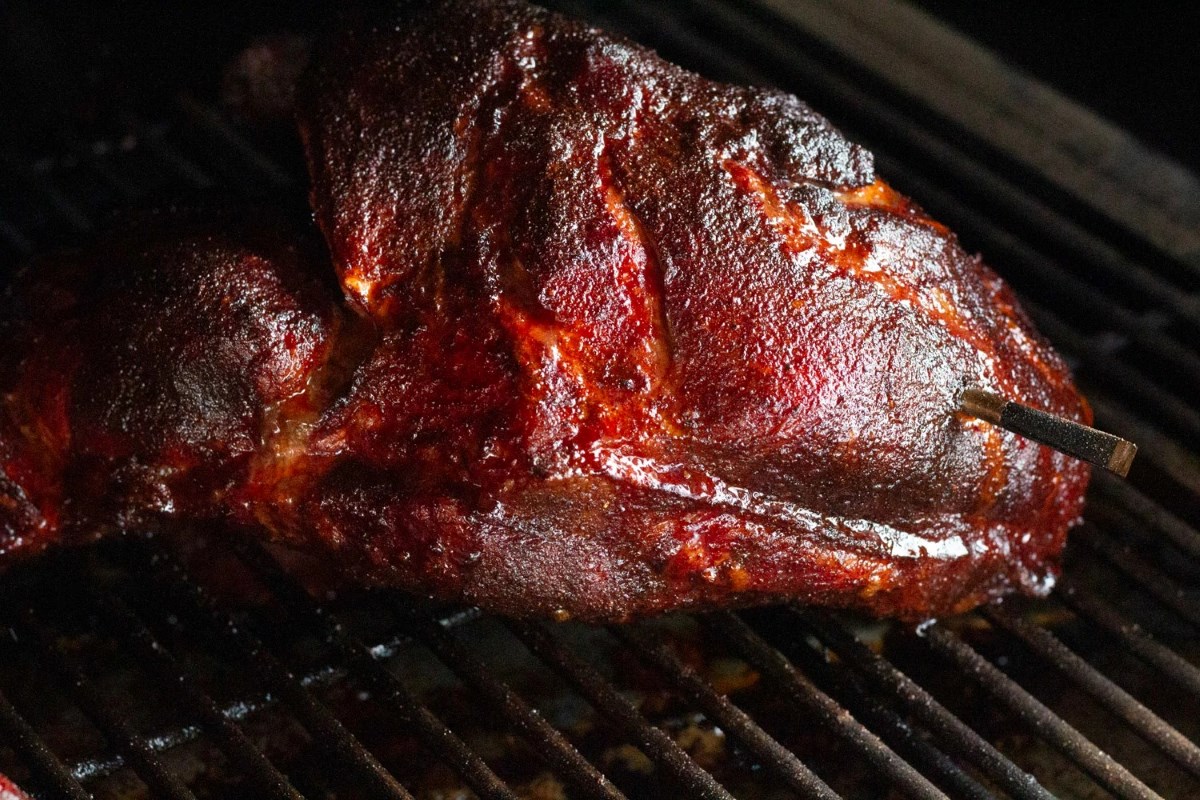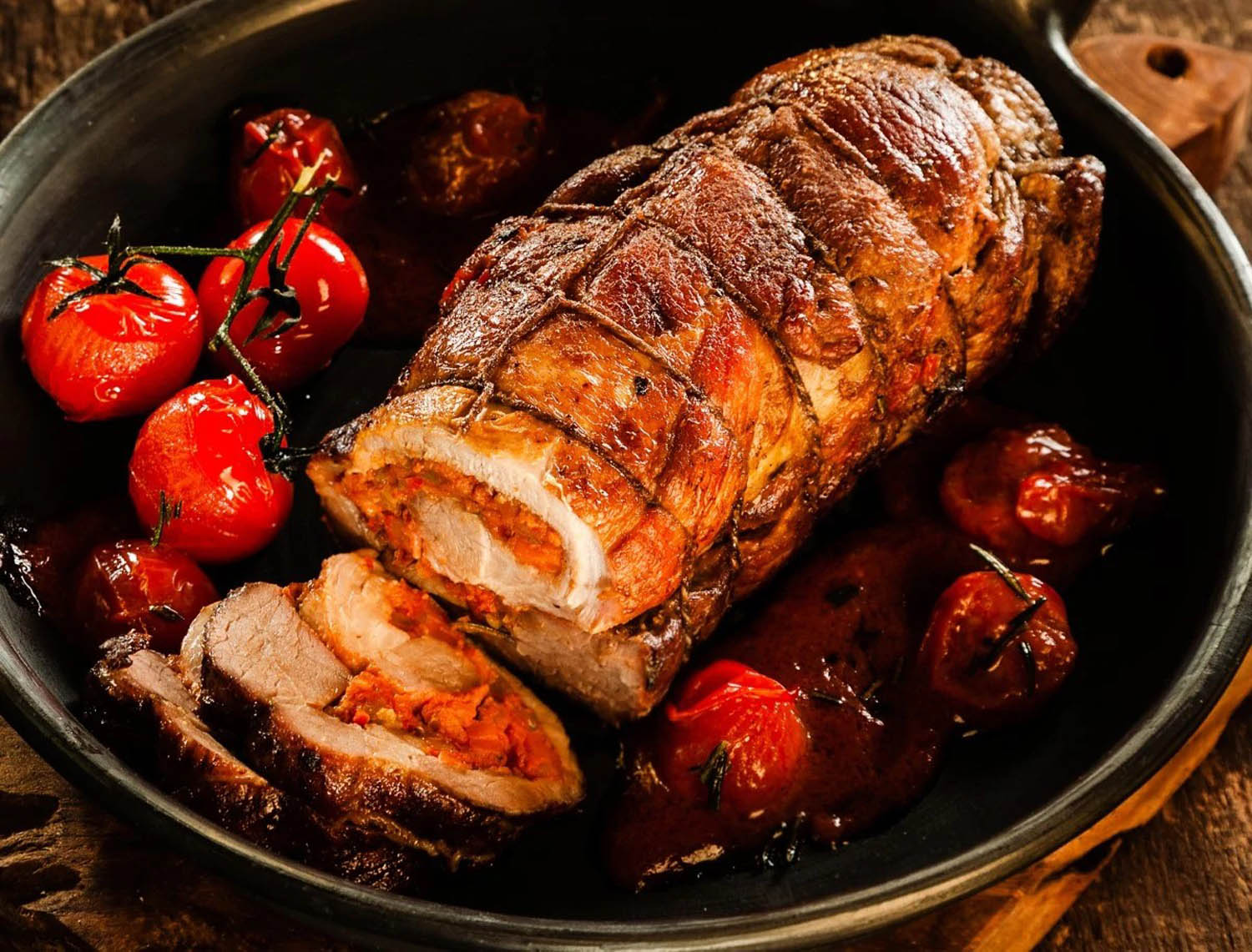Delicious and Flavorful: Smoking Bacon in an Electric Smoker
Welcome to the wonderful world of smoking bacon in an electric smoker! If you’re a fan of bacon, you’re in for a treat. Smoking bacon at home is a rewarding experience that results in delicious, flavorful bacon that you won’t find at your local grocery store. In this guide, we’ll walk you through the process of smoking bacon in an electric smoker, so you can enjoy the mouthwatering taste of homemade smoked bacon.
What You’ll Need
Before you get started, it’s important to gather all the necessary supplies. Here’s what you’ll need:
- Quality pork belly
- Curing ingredients (salt, sugar, pink curing salt)
- Flavorings (black pepper, garlic, maple syrup, etc.)
- Electric smoker
- Wood chips (hickory, apple, or cherry work well with bacon)
- Meat thermometer
Curing the Pork Belly
The first step in smoking bacon is curing the pork belly. This process involves rubbing the pork belly with a mixture of salt, sugar, and pink curing salt, along with any additional flavorings you desire. Once the pork belly is thoroughly coated, place it in a resealable plastic bag and refrigerate for 7-10 days, flipping the belly over every other day to ensure even curing.
Preparing the Electric Smoker
While the pork belly is curing, it’s time to prepare your electric smoker. Fill the smoker’s wood chip tray with your chosen wood chips and preheat the smoker to a temperature of 200-225°F (93-107°C). The low and slow cooking process is essential for achieving that perfect smoky flavor and tender texture.
Smoking the Bacon
After the curing process is complete, remove the pork belly from the refrigerator and rinse off the curing mixture. Pat the belly dry with paper towels and allow it to come to room temperature. Once the smoker is preheated, it’s time to smoke the bacon. Place the pork belly on the smoker racks and insert a meat thermometer into the thickest part of the meat.
Close the smoker and let the bacon smoke for 2-3 hours, adding more wood chips as needed to maintain a steady smoke. Keep an eye on the internal temperature of the bacon, aiming for a final temperature of 150°F (65°C). Once the bacon reaches this temperature, it’s ready to be removed from the smoker.
Slicing and Storing
Allow the smoked bacon to cool before slicing it into thick, indulgent slices. You can enjoy it immediately or store it in the refrigerator for up to a week, or in the freezer for longer preservation. Whether you use it in a classic breakfast dish, a BLT sandwich, or a flavorful pasta carbonara, your homemade smoked bacon is sure to elevate any dish it touches.
Final Thoughts
Smoking bacon in an electric smoker is a truly rewarding experience that results in a product that is far superior to anything you can buy at the store. With the right ingredients, a bit of patience, and the simple art of smoking, you can enjoy the mouthwatering flavor of homemade smoked bacon whenever you like. So, fire up your electric smoker and get ready to savor the delicious fruits of your labor!
For those looking to master the art of smoking bacon in an electric smoker, this guide is a must-read. Once you've perfected your smoked bacon, try whipping up a Classic BLT Sandwich with Smoked Bacon for a traditional treat, or a Smoked Bacon Cheeseburger for a smoky twist on a favorite. For breakfast lovers, the Smoked Bacon and Egg Breakfast Burrito offers a hearty start to the day. Don't miss the Smoked Bacon Carbonara for a rich, comforting dinner. For an appetizer, Smoked Bacon-Wrapped Jalapeño Poppers are sure to impress. Sides like Smoked Bacon Mac and Cheese and Smoked Bacon Brussels Sprouts make great additions to any meal. For something unique, try the Smoked Bacon and Leek Tart or the Smoked Bacon and Pumpkin Risotto. Each recipe showcases the depth and versatility of smoked bacon, making them perfect choices to experiment with your new smoking skills.
Was this page helpful?
Read Next: How To Smoke Alligator


